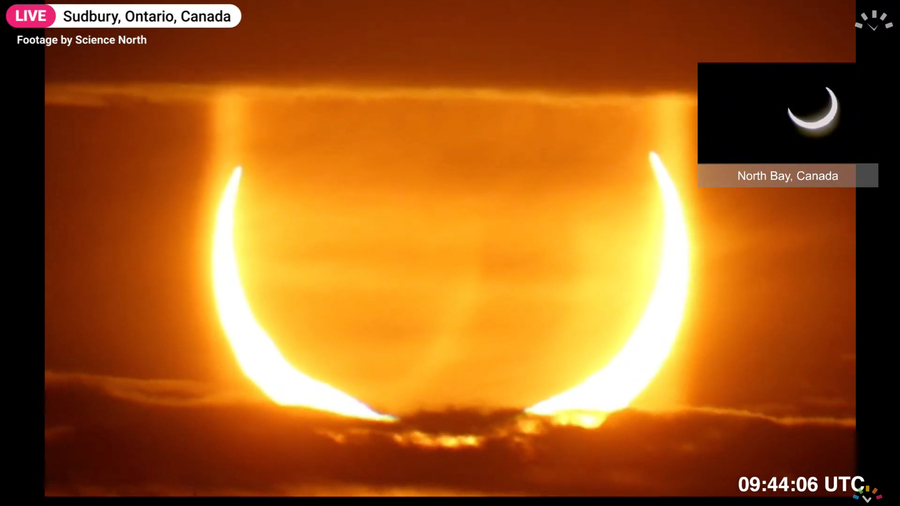
March 29 Solar Eclipse for Northern Hemisphere
The first solar eclipse of 2025 will be a very deep partial eclipse across parts of Eastern and Northern Canada , plus the Northeastern United States . Europe will see a shallower partial eclipse, which will also touch small areas of the Caribbean, Africa, and Siberia.
Watch this solar eclipse LIVEDuring a partial eclipse, the Earth, Moon, and Sun are not quite perfectly aligned. As seen from Earth, the Moon covers some, but not all, of the Sun.
On Saturday, March 29, the light, outer part of the Moon’s shadow will touch down in the Atlantic Ocean at 08:50 UTC. After spreading across some of the Northern Hemisphere , it will lift off again about four hours later in northern Siberia at 12:43 UTC.
Eclipse maps, local timings, and other infoAt no time will the innermost part of the Moon’s shadow strike Earth—meaning this won’t be a total or annular eclipse anywhere on the globe.
Important: Be Serious About Eye Safety
NEVER look directly at the Sun without proper eye protection—it can cause instant and catastrophic damage to your eyes.
Safely see a solar eclipse
The Devil’s Horns
at Sunrise
At the point of greatest eclipse worldwide, the Moon will cover 93% of the Sun’s disk. This will occur at sunrise in the Nunavik area of Canada, on the eastern side of Hudson Bay in northern Quebec.
Weather permitting, observers close to this part of the North American continent will experience a phenomenon known as the devil’s horns.
As the Sun rises above the eastern horizon, it will be almost completely covered by the Moon. The only visible part of the Sun will be a narrow crescent—which resembles a pair of horns as it comes into view.
In other places, the maximum eclipse will occur at the following Â鶹ӳ». The percentage figures for obscuration tell us how much of the Sun’s disk the Moon will cover.
Eclipse Pairs and Seasons
Did you know eclipses come in pairs? This partial solar eclipse comes two weeks after a total lunar eclipse on March 13–14 .
Watch the March 13–14 lunar eclipse LIVEAnd did you know eclipses come in seasons, around six months apart? The next pair of eclipses will be another total lunar eclipse on September 7–8 , and another partial solar eclipse on September 21, 2025 . The second partial solar eclipse of 2025 will take place across New Zealand and a sparsely inhabited region of the Southern Hemisphere.

